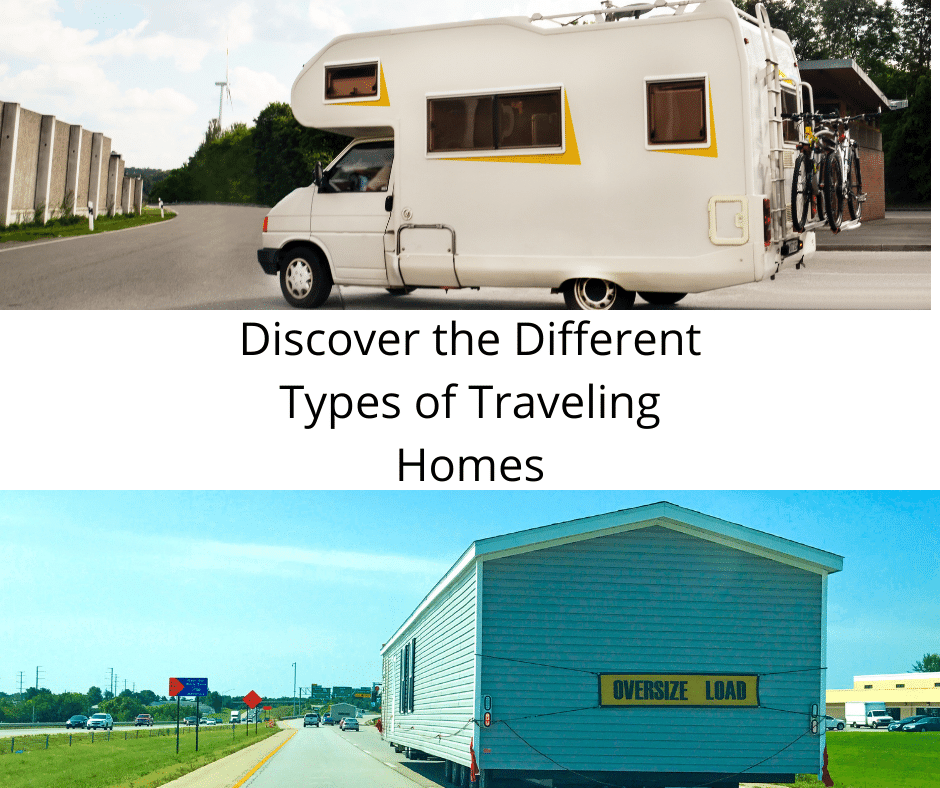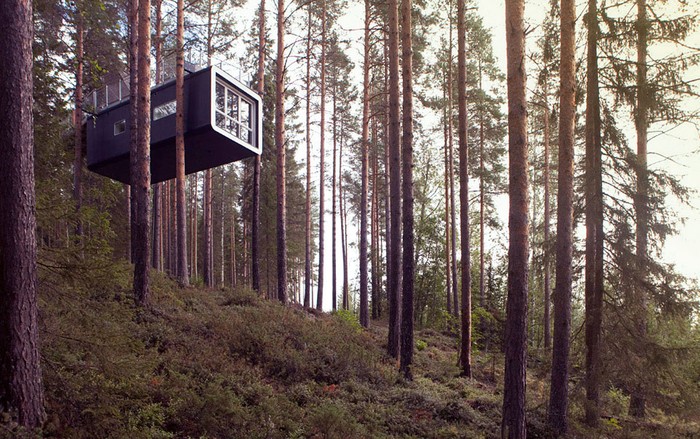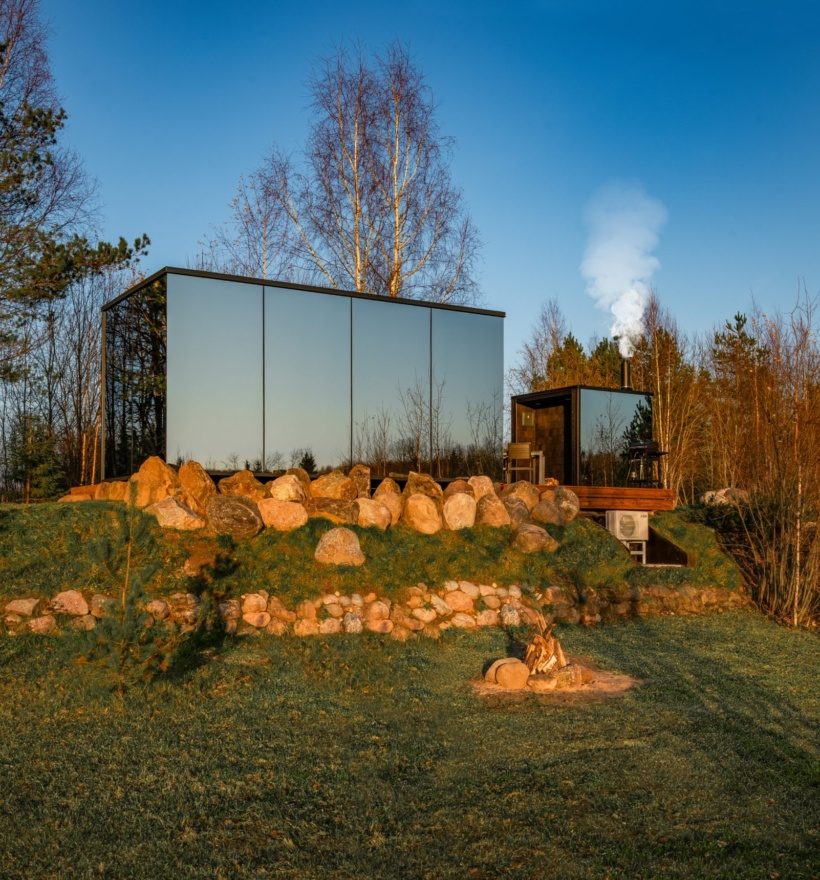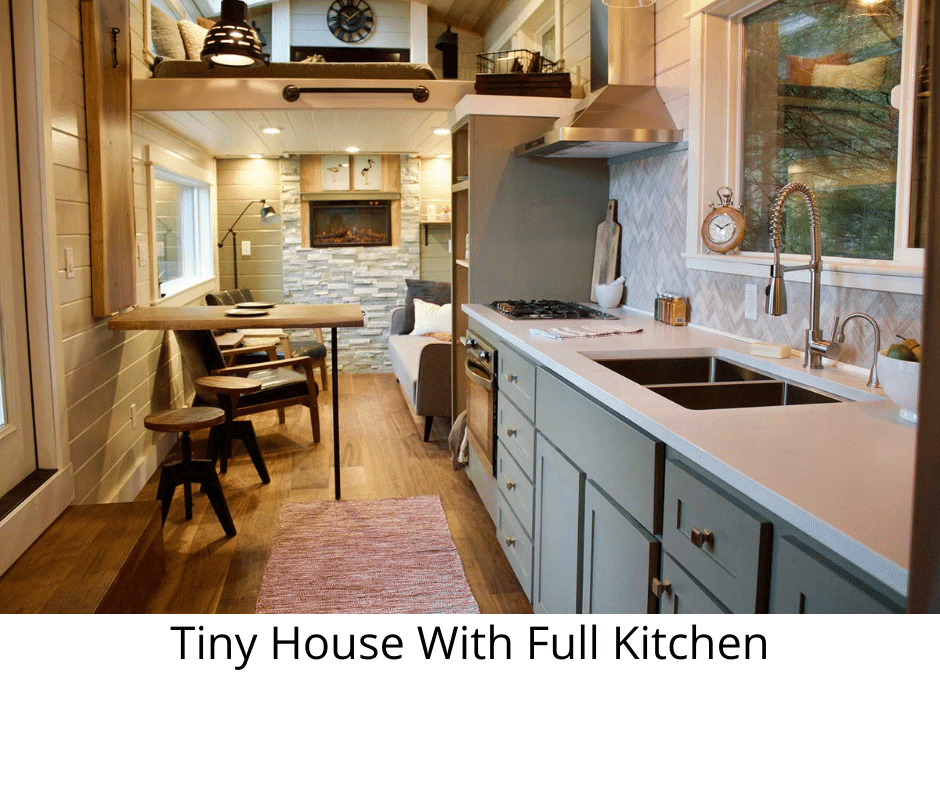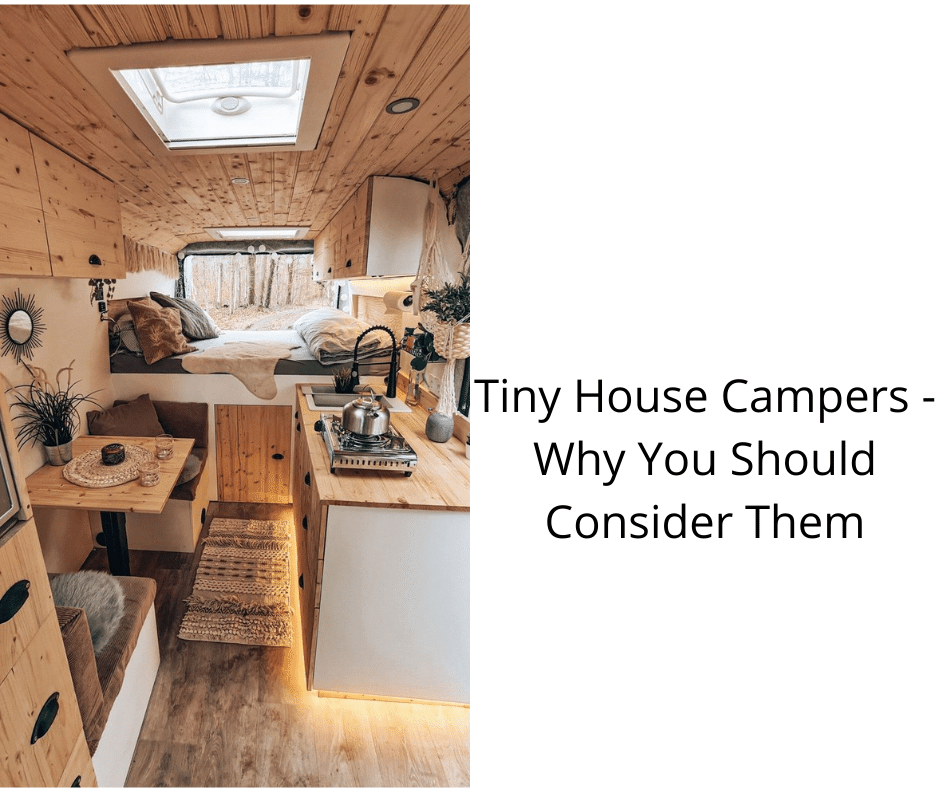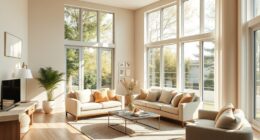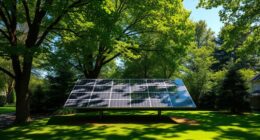Numerous types of mobile homes are currently on the market for purchase. Some have been repurposed from old school buses, while others were originally created from house trucks or steamships. There are also tiny houses on wheels available. The concept of a mobile home has become increasingly popular, with the ability to convert a vehicle into living quarters. The Let’s Roam scavenger hunt allows you to discover a variety of mobile homes in over ten different countries.
Off-Grid Travelling Homes Exist on Trailer Platforms
Off-grid traveling homes are tiny houses designed to be mobile and self-sufficient. They are built on trailer platforms and are usually on wheels, which makes them easier to move around. However, many people mistakenly think that off-grid traveling homes are just prettier versions of travel trailers. That’s not entirely true. There are many advantages to off-grid living.
A high-end trailer such as the 2021 Living Vehicle Trailer is a perfect example. It has a fully functional kitchen and dining room, generating up to 1,320 watts of solar power. It has everything you would expect from a home and its own generator and water tank, so you can live off the grid for as long as you want. Another example is the Happier Camper Traveler trailer, built with high-quality materials and a customizable interior.
Winnebago to Fleetwood Bounder Motorhomes
Whether you are in the market for a Class A gas motorhome or a classic Winnebago, various models exist. Bounder motorhomes are legendary. This class of recreational vehicles has been around for 36 years and is still one of the most popular choices for families and campers alike. Bounder motorhomes are also available with diesel engines.
With an unbeatable range of floor plans, the Bounder offers a luxurious living space. This motorhome also has a driver-centric design, ergonomic seating, and ample storage space. It also features impressive F-21 manufacturing techniques, an incredible rotocast molded storage capacity, a power-loft bed system, and pass-through storage. In addition, Bounder 34T models are equipped with a 40-inch Sony LED television, dual-pane windows, and an optional electric fireplace.
The 2013 chassis is a lighter and more nimble design than previous models. However, some severe RV travelers may choose to upgrade their suspension and steering stabilization. The chassis, derived from Fleetwood Power Platform(r) technology, provides an excellent balance between stability and comfort. Bounder motorhomes also have generous under-floor storage and molded polyethylene storage compartment liners.
The Bounder 35GL features a slide-out dinette sideways to create more living space. This dinette is easily accessible in travel mode and impressive when fully deployed. It also has an Adap-table dinette that acts as a bar and slides out sideways to accommodate four guests. While in travel mode, the Bounder 35GL has a full array of security features to prevent theft or damage to the interior.
Fleetwood Bounder to Winnebago Camper Trailers
From Winnebago camper trailers to Fleetwood Bounder camper trailers, there are many ways to customize your traveling home. From a king bed to a washer and dryer combo, you’re sure to find something that suits your needs. There’s a Bounder for everyone. Fleetwood has something for everyone from travel trailers with a small kitchen to luxury motorhomes with all the bells and whistles.
Travel trailers are the perfect way to enjoy your travels, and Fleetwood is one of the top brands. The company offers a wide variety of styles and floor plans with ten different brands. Fleetwood Bounder and Winnebago are two of the most popular models. Check out the Winnebago and Fleetwood models if you want a large, luxurious travel trailer.
Today’s travel trailers come in various sizes, from small to large, and can accommodate up to eight people. Many of them feature a kitchen, dining, and sleeping areas. Some even include a bathroom. Fleetwood’s traveling home line has grown over the years to encompass everything from large luxury class to smaller, basic units. The company’s success has helped it grow and become a multi-billion dollar enterprise.
Fleetwood Bounder Camper Trailers
The Fleetwood Bounder is one of the best-selling RVs of all time. It has many features that make it a versatile and desirable traveling home. This RV’s exclusive Power Platform(r) chassis offers maximum control and allows you to add more weight. It is equipped with an 8,000 lb. hitch and side-swing aluminum luggage doors. The Bounder also has a full-body paint job for improved durability. The Bounder also features a molded polyethylene storage compartment liner.
A full line of appliances and conveniences is available in the Bounder gas motorhome. The Bounder has a 120V/12V AC/DC converter and a 1,200-watt inverter. It has an energy management system for the twelve-volt and 120-volt appliances. The Bounder also features dual 6-volt house batteries and an auxiliary start system. It is perfect for those who enjoy long-distance travel and want to experience luxury without breaking the bank.
In a television show called Breaking Bad, the Fleetwood Bounder made its debut. In the show, it was used as a mobile meth lab. This RV left a lasting impression on fans. However, many still wonder what happened to it. The good news is that Fleetwood Bounder camper trailers are still available today. They are a great option for traveling and living, especially for families.
A Bounder travel trailer has a spacious master bedroom. Its bedroom has a queen-sized bed, a bedspread, and decorative wall hangings. The bed is nestled into the passenger-side slideout and is accessible via a ladder. To access the rear bathroom, you need to climb over the bed. There is also a sink and a closet. For convenience, the Bounder also has an optional tilt steering wheel.
Many people have a dream of having a mobile home. But they’re not ready for it yet. But the good news is that the demand for RVs is increasing. This means that they are more expensive and tougher to find. However, the Fleetwood Bounder is an excellent choice if you’re ready to go for it. It’s the ideal home for a family, whether you’re traveling alone or with others.
I’m Theodore, and I love tiny houses. In fact, I’m the author of Tiny House 43, a book about tiny houses that are also tree houses. I think they’re magical places where imaginations can run wild and adventures are just waiting to happen.
While tree houses are often associated with childhood, they can be the perfect adult retreat. They offer a cozy space to relax and unwind, surrounded by nature. And since they’re typically built on stilts or raised platforms, they offer stunning views that traditional homes simply can’t match.
If you’re looking for a unique and romantic getaway, a tree house tiny house might just be the perfect option.
